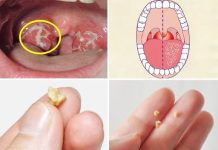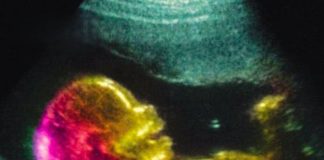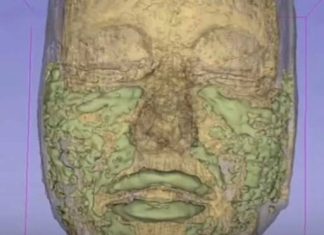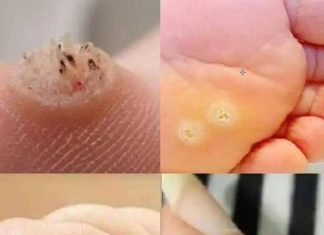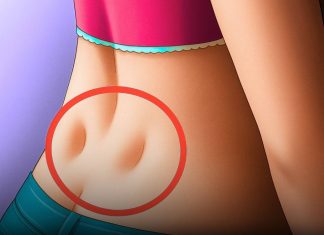Fordyce spots, also known as Fordyce granules, are a common dermatological occurrence characterized by small, raised, pale, red, or white bumps ranging from 1 to 3 millimeters in diameter. These spots typically appear on the vermilion border of the lips, the inside of the cheeks, the genitalia—including the shaft of the penis, scrotum, and labia—and occasionally on the gums. They are benign, non-infectious, and represent a natural variation of the skin’s anatomy.
Causes and Development
Fordyce spots are ectopic sebaceous glands, meaning they are oil glands located in areas of the skin where hair follicles are absent. While the exact cause remains unclear, it is believed that these spots become more prominent during or after puberty due to hormonal changes that stimulate sebaceous gland activity. They are present in approximately 70% to 80% of adults, indicating their commonality across the population.
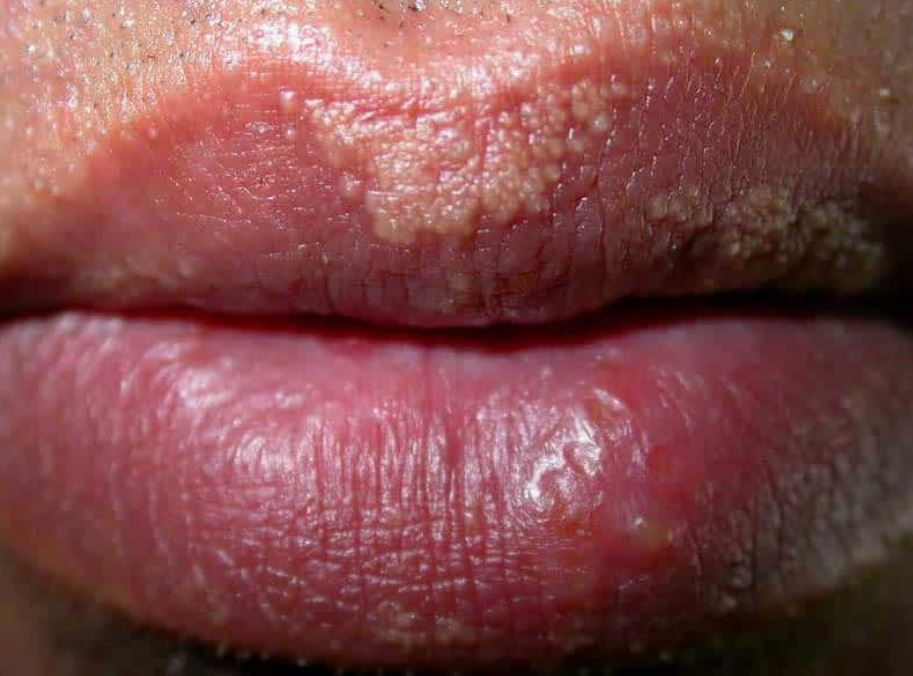
Symptoms and Identification
Individuals with Fordyce spots typically observe clusters of small, painless bumps on the aforementioned areas. These spots do not cause itching or discomfort and are often more noticeable when the skin is stretched. Despite their benign nature, their appearance can lead to cosmetic concerns or anxiety, particularly when they occur in visible areas or on the genitals.
Diagnosis
Diagnosis of Fordyce spots is primarily clinical, based on their characteristic appearance and distribution. In most cases, a healthcare provider can identify them through visual examination alone. However, if there is any uncertainty or to rule out other conditions with similar presentations—such as sexually transmitted infections (STIs) or other dermatological issues—a biopsy or further testing may be conducted.
Differentiation from Other Conditions
It’s crucial to distinguish Fordyce spots from other conditions that may present similarly, especially in the genital area. For instance, genital warts caused by human papillomavirus (HPV) or herpes simplex virus (HSV) infections can resemble Fordyce spots but are infectious and may be associated with additional symptoms like pain, itching, or fluid-filled lesions. Consulting a healthcare provider for an accurate diagnosis is advisable if there is any doubt.
Treatment Options
In most cases, treatment for Fordyce spots is unnecessary due to their harmless nature. However, for individuals who experience significant cosmetic concern or psychological distress, several treatment options are available:
- Topical Treatments: Application of topical retinoids, such as tretinoin (Retin-A®), may reduce the prominence of Fordyce spots over time. These treatments can take several weeks to show results and may cause skin irritation in some individuals.
- Laser Therapies: Techniques like carbon dioxide (CO₂) laser resurfacing or pulsed dye lasers can effectively remove or diminish the appearance of Fordyce spots. While CO₂ lasers may pose a risk of scarring, pulsed dye lasers are generally associated with fewer side effects but can be more expensive.
- Micro-Punch Surgery: This procedure involves using a pen-like instrument to “punch” out the spots under local anesthesia. It is effective for removing multiple spots with minimal scarring and typically has a recovery period of up to a month.
- Cryotherapy: Utilizing extreme cold to freeze and destroy the spots, cryotherapy is another option. Post-treatment, individuals may experience mild pain for a few days as the area heals.
- Electrodesiccation: This method employs an electric needle to burn away the spots. Healing usually occurs within a few days, but there is a potential for scarring.
It’s important to note that while these treatments can reduce or eliminate Fordyce spots, they may not be covered by insurance as they are often considered cosmetic procedures. Additionally, recurrence of the spots is possible, and multiple treatment sessions might be required.
Home Remedies and Preventive Measures
Some individuals explore home remedies to manage Fordyce spots, though scientific evidence supporting their efficacy is limited. Options include applying coconut oil to moisturize the area, which may reduce the prominence of the spots by preventing overproduction of oil due to dryness. However, caution is advised when using home remedies, and it’s recommended to consult with a healthcare provider before attempting such treatments to avoid potential skin irritation or allergic reactions.
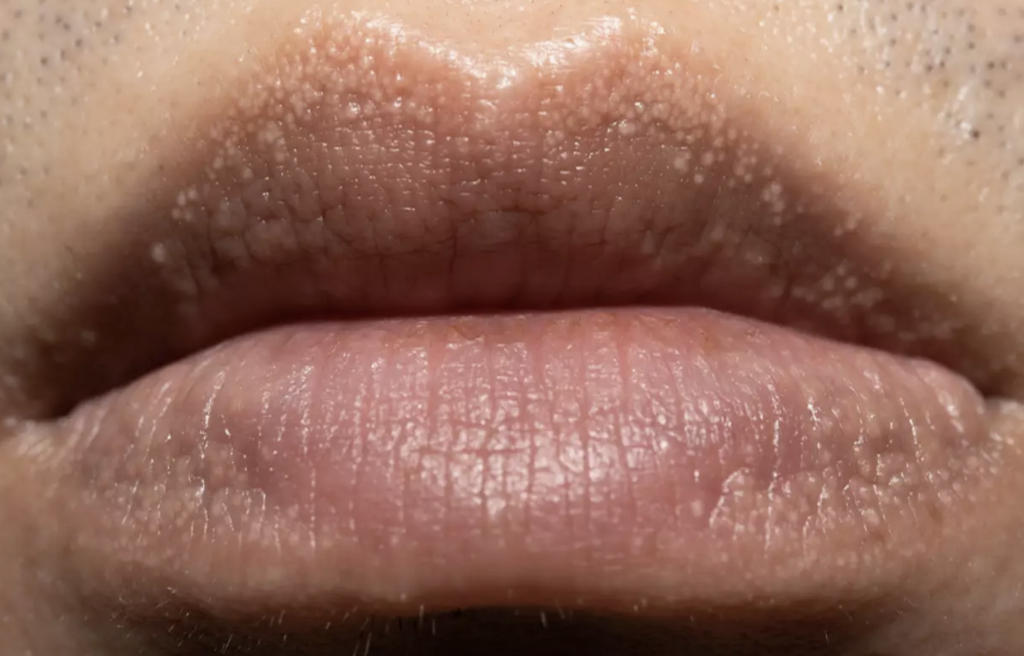
Maintaining good skin hygiene and avoiding the use of oily or greasy skincare products can help minimize the visibility of Fordyce spots. It’s also advisable to refrain from picking or squeezing the spots, as this can lead to irritation or infection.
Psychological Impact and Coping Strategies
While Fordyce spots are medically harmless, their presence can lead to psychological distress for some individuals, particularly concerning self-esteem and body image. Engaging in open discussions with healthcare providers about concerns and exploring treatment options can be beneficial. Additionally, seeking support from counseling services or support groups may help individuals cope with any anxiety or depression related to the condition.
Conclusion
Fordyce spots are a common and benign dermatological condition that many individuals experience. Understanding their nature, causes, and available treatment options can alleviate concerns and assist those affected in making informed decisions about their skin health. While treatment is typically unnecessary, various options exist for those seeking cosmetic improvement. Consulting with a qualified healthcare provider is essential to determine the most appropriate course of action based on individual circumstances.







